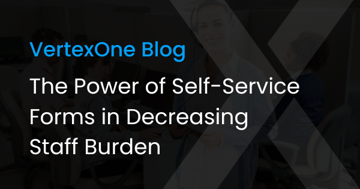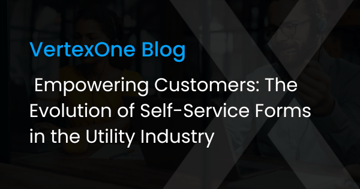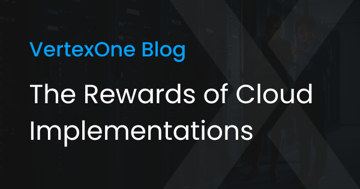Think of all the interactions you had last month across every channel as a customer. Include everything from online bill pay and text alerts to in-app purchases and in-store returns. Now, rate those interactions by the quality of the experience. What do your top customer experiences have in common?
While you mull that over, I’m going to gently influence your response by citing a Forrester study of US consumers in which 73% said, “valuing their time is the most important thing companies can do to provide them with good customer service.” Other similar studies identify reducing effort and increasing convenience as the key drivers of good service and loyalty.
The common theme here is that great customer experiences are a function of customer centricity and customer ease. I’m willing to bet that this hits pretty close to the mark for you, if not directly on the center.
The relevant question is: Why should utilities care?
Customers used to expect a different kind of service between businesses in one industry and another, but technology has transformed the dynamic of B2C relationships. Today, customers compare you to Amazon, Zappos, Facebook, Candy Crush, and others, and the best experiences from one industry have become the benchmark for all other industries. Customers know and have experienced what can be done, and with regulations and market forces realigning to accommodate them, the balance of power over engagement has shifted from businesses to customers.
Enter customer self-service.
The 5 fundamentals
Empowered with greater leverage over their B2C relationships, customers increasingly demand more modern experiences that simplify interactions and increase convenience. They want the ability to do more and to know more, and, at the same time, have a consistent experience regardless of the channel they use.
According to Nuance Enterprise, 75% of consumers believe self-service channels are a convenient way to address customer service issues, compared with just 6% who favor speaking to a person.
Don’t take it personally, but more and more customers prefer to serve themselves first and interact with you only as they see fit. This shouldn’t come as a surprise in an age with more smartphones in circulation on the planet than toothbrushes! Self-service and digital channels “offer the least amount of interaction friction,” according to Forrester.
Utilities can quickly and easily increase the efficiency of operations, reduce costs and increase CSAT by meeting these new customer expectations with an effective self-service strategy. If your utility is contemplating its first foray into self-service, OR would like to replace an existing or incomplete program, consider these 5 fundamentals:
- Online self-service portal — This is the meat and potatoes of self-service. Customers should be able to create and update web self-service profiles, access account summaries, view consumption and billing details, view payment history, pay their current bills, create payment arrangements, chat, and sign up for proactive alerts and notifications.
- Mobile self-service — Mobile enablement is the first cousin to web self-service. It entails the mobilization of features and functions available in the self-service portal, with a mobile-first experience design.
Once you have established your two core self-service channels (web and mobile), enable customer service agents and customers to do as much as they can to optimize them.
- Push utility program enrollment — Enable customers to sign up online or on their device; proactively send links to their online bill via email each month, or as a secure email attachment with a direct link to enroll or make payments. This is more than just paperless billing, it could include autopay, energy efficiency program enrollment, or any other utility program.
- Make enrollment easy — Agents should be able to automatically create an online account and send a link to the customer to log on for the first time while talking to them on the phone. This would result in dramatically increased adoption and lower call volumes. Use the resources and tools available (CSR’s and technology) to simplify the customer experience.
- Provide support through proxy logon — Sometimes, customers just need a little help. When a customer requires assistance with online self-service, for example, your agents should be able to sign into the system as the customer to quickly resolve the issue. Occasional education and hand-holding will engage customers with their utility in ways they probably never have before.
CONCLUSION
Obviously there’s much more to it than what we can cover in a blog post; your engagement with customers goes beyond just offering new channels. The great interaction experiences you thought of earlier were great because they were designed with you in mind. They were designed to cultivate convenience and eliminate friction from your life.
As Harvard Business School Professor Clayton Christensen taught about B2C relationships in his book How Will You Measure Your Life: “What’s missing is empathy: a deep understanding of what problems customers are trying to solve… Changing your perspective is a powerful way to deepen your relationships.”
Your customers expect you to solve the problem of simplification. Deepen your relationship with them by embracing a new perspective. I call this the golden rule of customer engagement: treat customers the way you want to be treated as a customer.
Learn how EPCOR Water is engaging and responding to their customers today.






